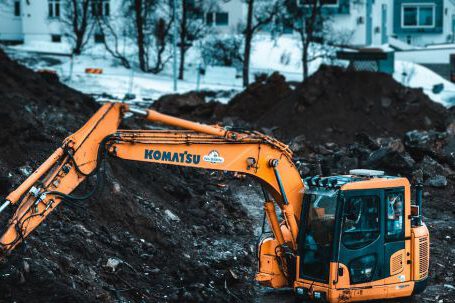Concrete Grooving: A Guide for Beginners
Concrete grooving is an efficient and cost-effective way to make a smooth, level, and safe surface on concrete. Grooving can also be used to create decorative patterns and designs. While it may seem like a complicated process, grooving concrete is actually quite simple to do. This guide will explain the basics of grooving concrete, as well as the tools and materials you’ll need to get the job done.
Understanding Concrete Grooving
Concrete grooving is a process of cutting grooves into the concrete surface. These grooves can be either shallow or deep, depending on the purpose of the grooving. Grooving is used to create a non-slip surface, make a surface level, or create attractive patterns and designs.
Tools and Materials
When grooving concrete, you will need a few essential tools and materials. These include a concrete groover, a vacuum cleaner, safety equipment, and any additional materials that you may need for your specific project.
A concrete groover is the most important tool when grooving concrete. This handheld tool is used to cut grooves into the concrete. It features a long handle and a blade that is made of either diamond or steel. The blade is designed to cut through the concrete with ease.
A vacuum cleaner is also necessary for grooving concrete. This is used to remove any dust and debris that is created during the grooving process.
Safety equipment is an absolute must when grooving concrete. This includes safety goggles, work boots, and gloves. You should also wear long sleeves and long pants to protect your skin against concrete dust.
Depending on the type of grooving you are doing, you may also need additional materials. For example, you may need a sealant to help protect the grooves from the elements.
Grooving Techniques
Once you have all of your tools and materials, it’s time to start grooving. The first step is to use the concrete groover to score the concrete. This can be done by moving the blade in a circular motion over the surface of the concrete. You can also use a straight line to create grooves.
Once you have scored the concrete, you can begin to vacuum the area to remove any dust and debris. This will help to ensure that the grooves are smooth and level.
After vacuuming, you can use a sealant to fill in any gaps and protect the grooves from the elements. This will help to make sure that the grooves last for years to come.
Conclusion
Grooving concrete is a great way to create a smooth, level, and safe surface on concrete. While it may seem complicated, it is actually quite simple to do with the right tools and materials. This guide has provided an overview of the tools and materials you’ll need, as well as the techniques for grooving concrete. With the information provided here, you’ll be able to get started on your grooving projects.






